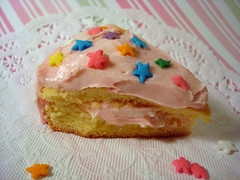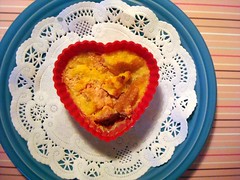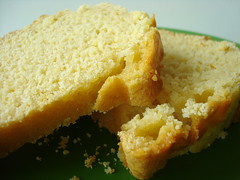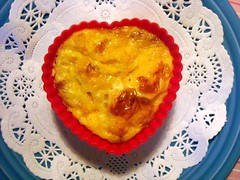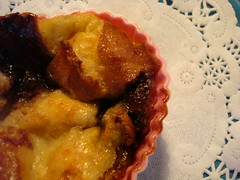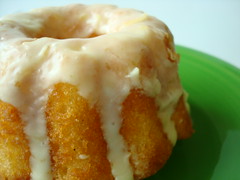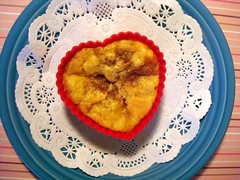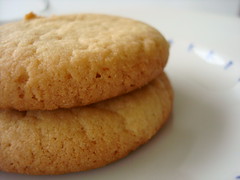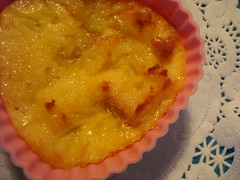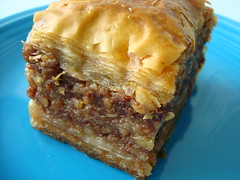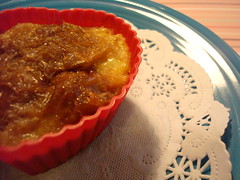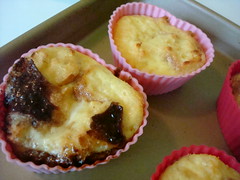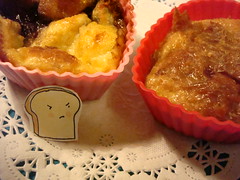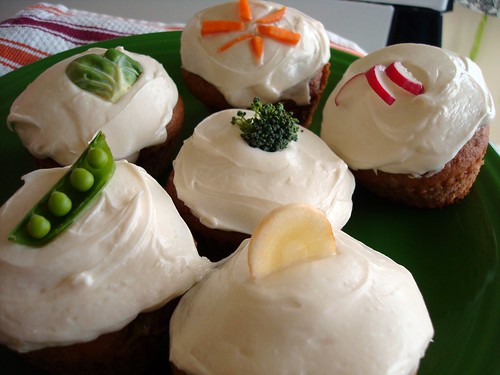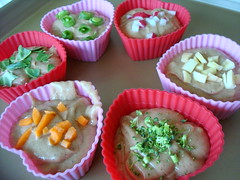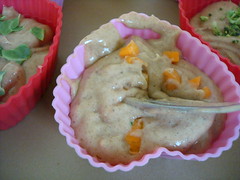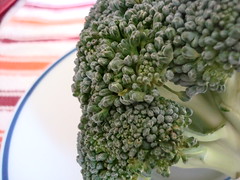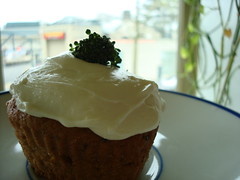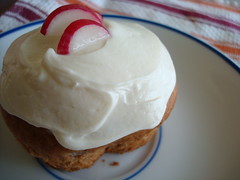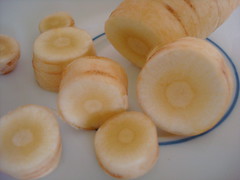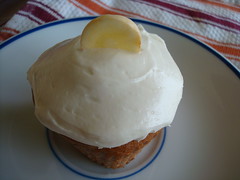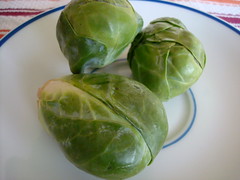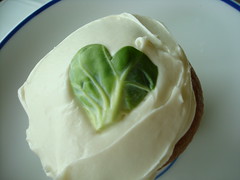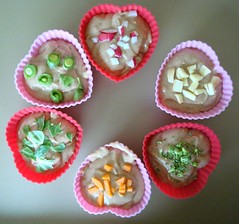Dear Postal Service: Will You Crush My Cookies for Me?
 Monday, December 1, 2014
Monday, December 1, 2014 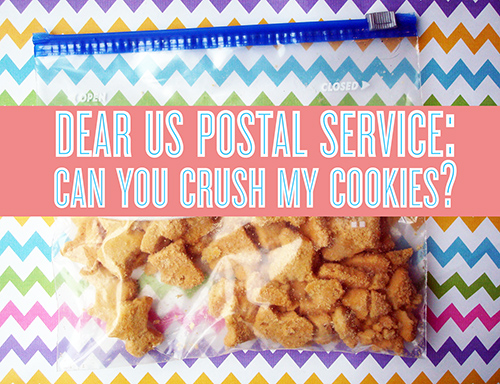 With the holidays hurtling toward us at an alarming rate, I'm all about any kitchen shortcut which will streamline my baking.
With the holidays hurtling toward us at an alarming rate, I'm all about any kitchen shortcut which will streamline my baking.
And I have come to the conclusion that crushing cookies for a pie crust takes up way too much time and energy.
But following my ice cream cone shipping experiment, I began to wonder: could I ship cookies to myself in the mail, and rely on the postal service to crush them for me? I mean, let's be honest: they're not necessarily known for their gentle handling of packages.
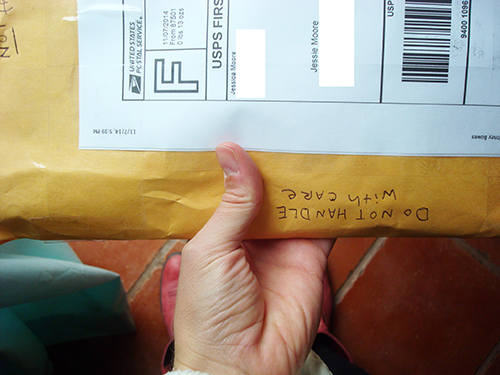
I'm aware that this might sound ridiculous to you.
I realize that you might be tempted to point out a fatal flaw in my thinking here: doesn't packing and sending cookies to yourself take just as long as crushing the darned things? And yes, you are correct. But my thought process was this: if this experiment worked, I could move into shipping large amounts of cookies through the USPS. If I were shipping five cookie crusts' worth at a time, paying a nominal fee for the USPS to crush them just by doing what they do...it seems like a small price to pay.
I realize too that you might be tempted to say something like "dudette, just get a food processor." Well, I will have you know that I own a food processor. It's just that this way seemed so much more like an adventure. You're not going to deny me a life filled with adventure and joy, are you?
So, moving past any nay-saying, let me tell you exactly how I went about my experiment.
Here's what I did.
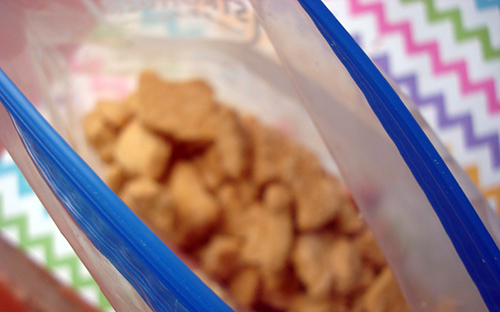
- I grabbed a bag of Walkers mini scottie shortbread cookies. Walkers shortbread is one of my favorite cookies to use for a cookie crust. (Note: while I have been paid to do recipes for Walkers in the past, they didn't pay me to say that. It's the truth!).
- I poured the entire bag, which is usually a good amount for a pie crust, into a plastic freezer bag and forced out any extra air.
- Then I packed it in an envelope WITHOUT padding, so it could be pummeled and crushed by any and every element that came its way.
- To bring home the point that this was not a parcel to be handled gently, I helpfully labeled it (pictured below) and then popped it in the mailbox.
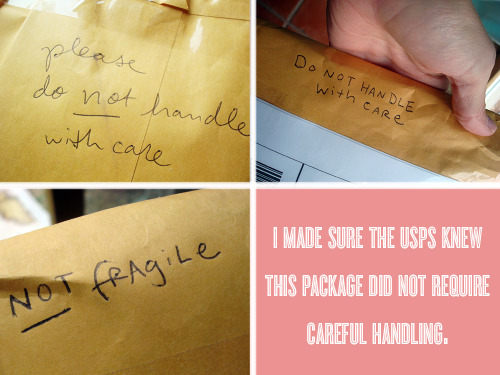
It arrived back to me two days later, and I was disheartened to see that the envelope still held a somewhat lumpy, dimensional shape.
When I opened the parcel, I saw that the cookies were slightly crumbly around the edges, but really not all that different from how I mailed them.
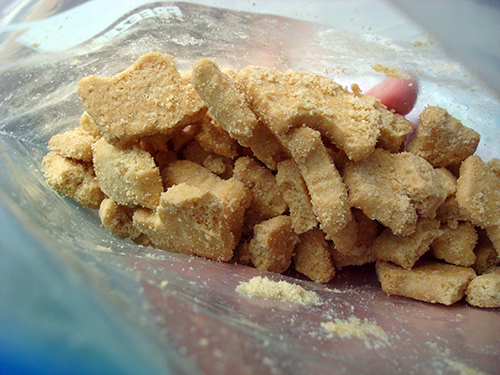
I was tempted to curse the post office for its ginger handling of the parcel. But I held myself back. RESTRAINT.
Oh well, I thought. That answers that: having the USPS crush my cookies for me is not going to be a viable option for streamlining my holiday baking.
But, I do feel like I got some important takeaways from the experiment:
- It made me laugh while I did it, and that's not for nothing.
- It did give me a head start with my cookie crushing, though it didn't finish the deed as I'd hoped.
- It made me realize that perhaps there is an aspect of reverse psychology at hand here. By labeling the parcel in such a way that implied I wanted it to be pummeled, injured, and generally not handled with care, I seem to have ensured that they did just the opposite: I imagine the postal employees cradling the parcel like a delicate flower.
So maybe, when you're shipping something fragile in the future, you should just label it "NOT FRAGILE IN THE LEAST" and it will arrive totally fine.
Hey, I can't say that for certain. But it's definitely food for thought.
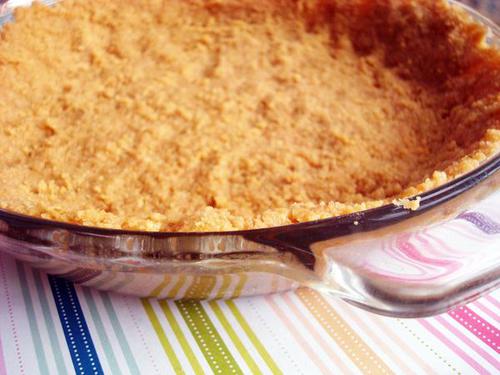
What's your favored method of crushing cookies for a cookie crumb pie crust?
 experiments,
experiments,  mischief
mischief 









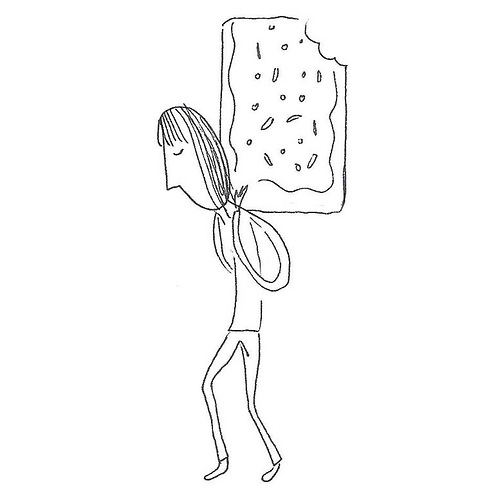


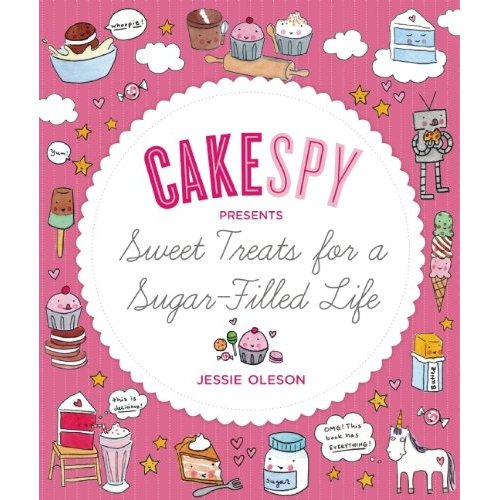
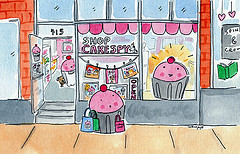



















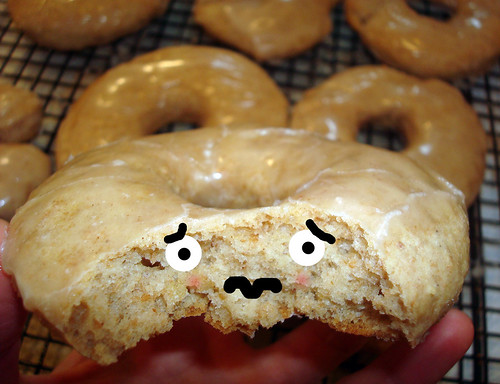
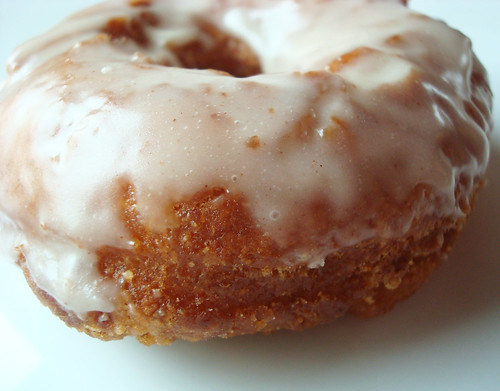

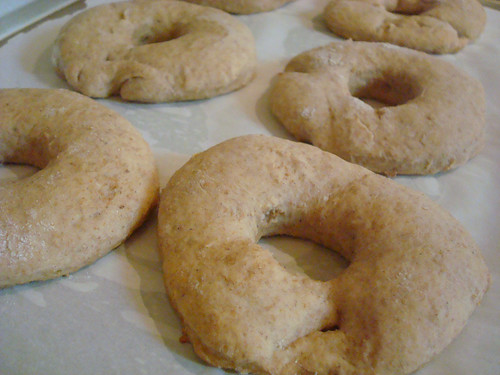
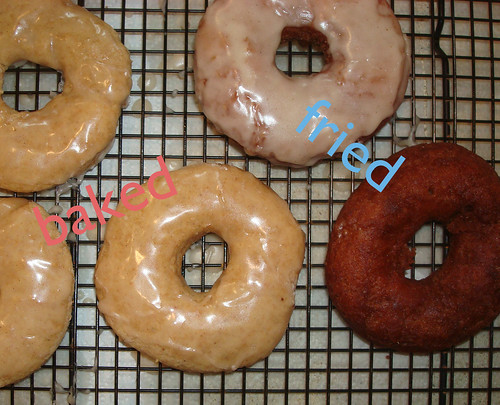
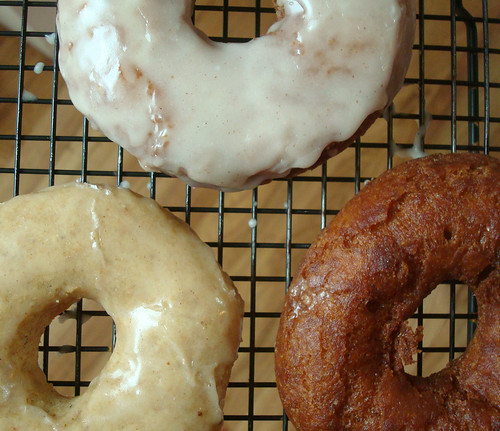
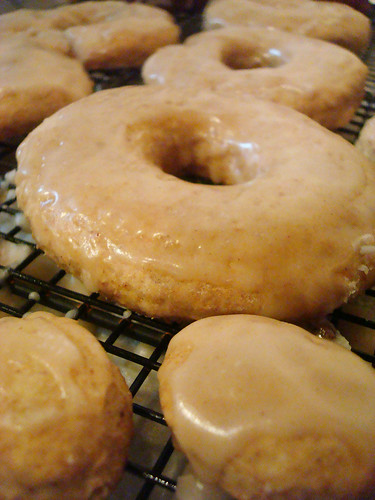

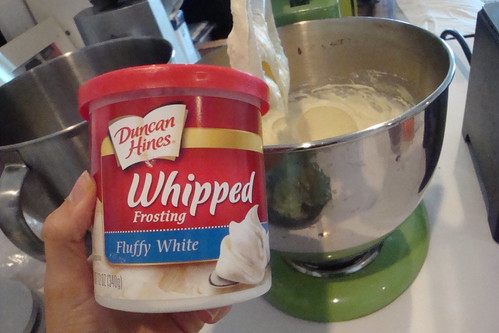

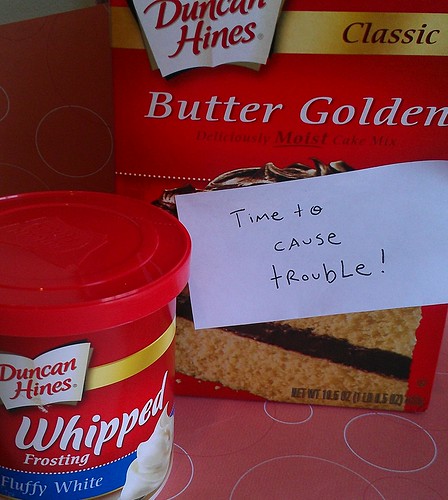
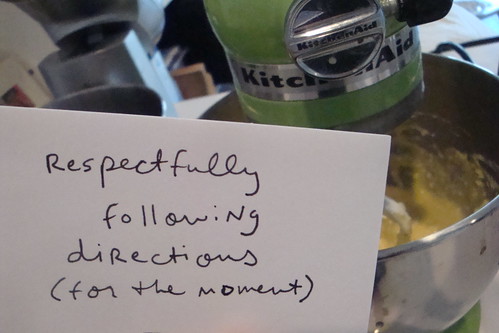
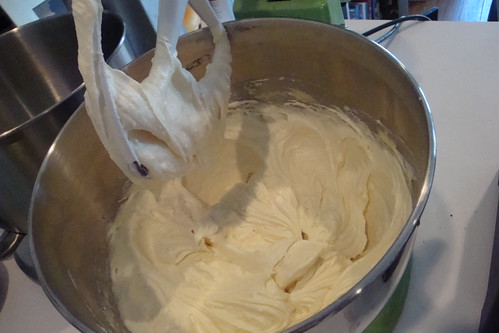
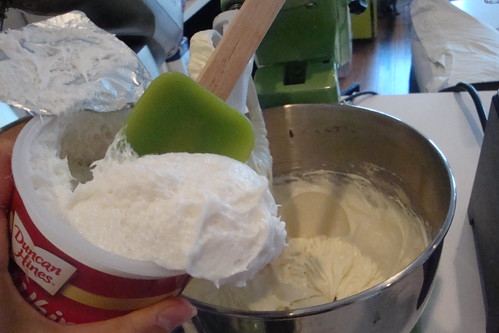
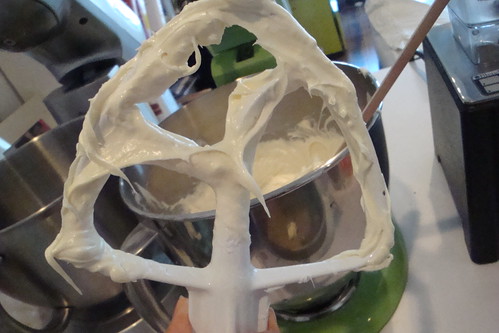
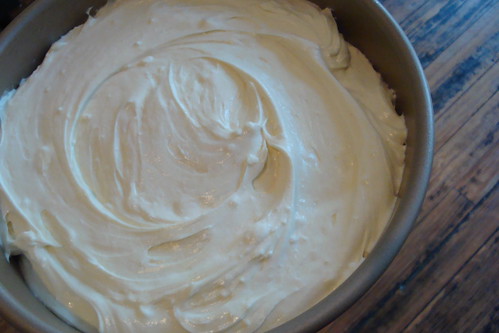
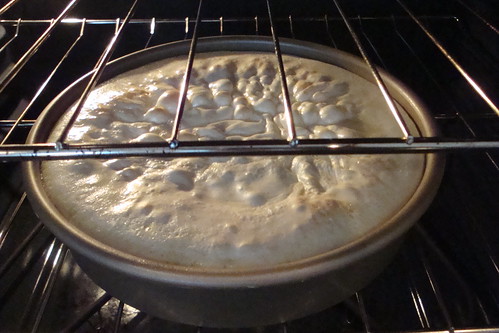
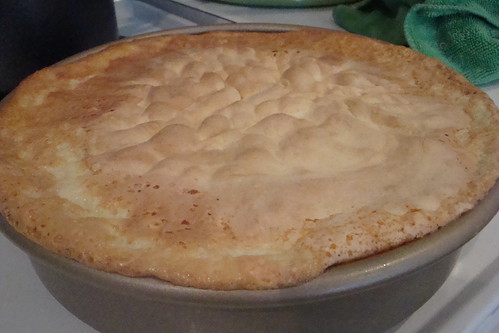
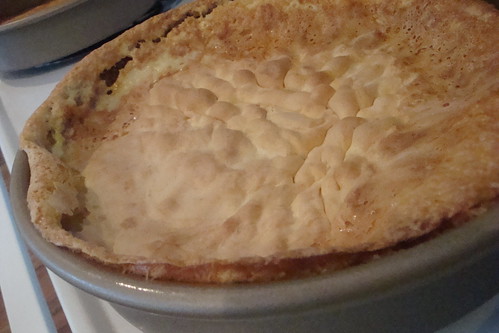
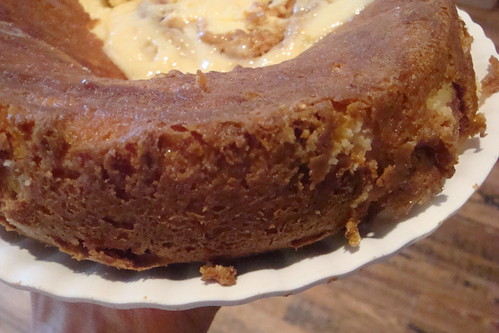

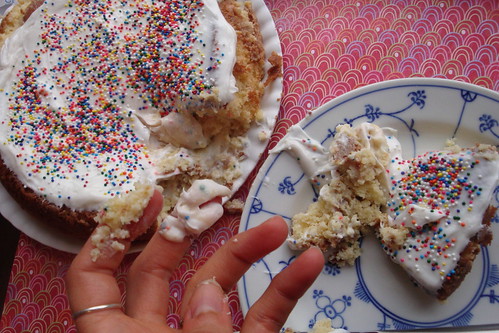
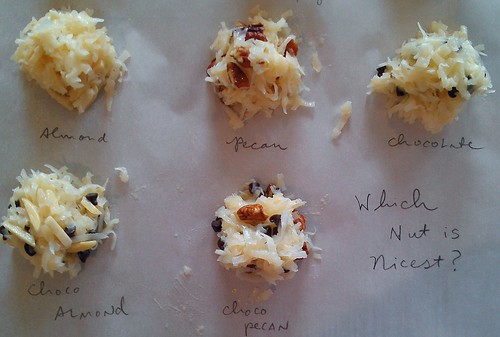
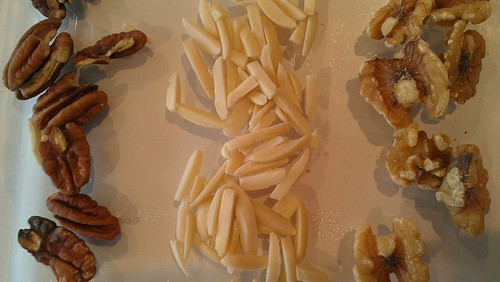
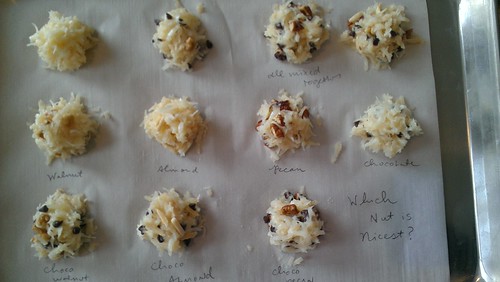

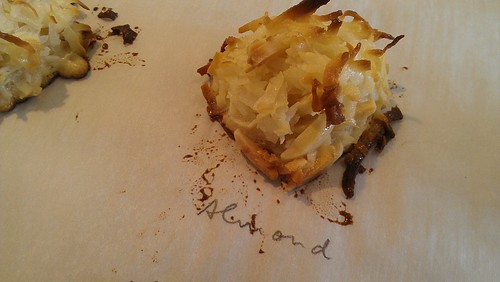
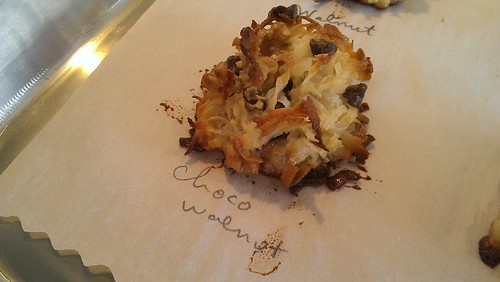
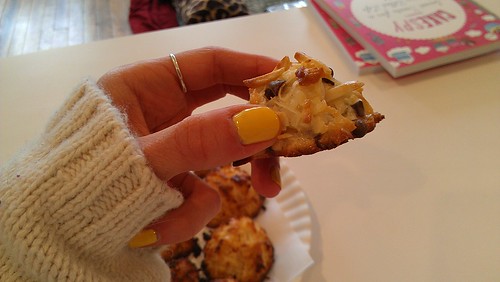







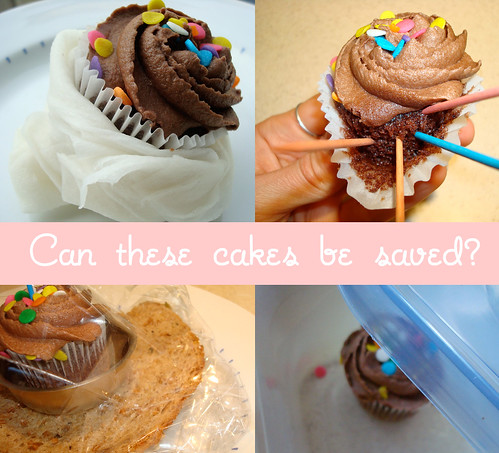
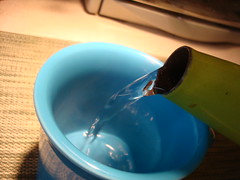

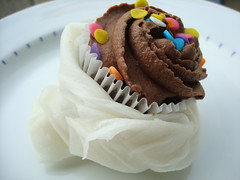
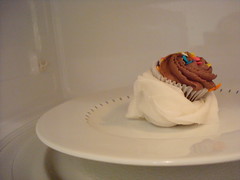
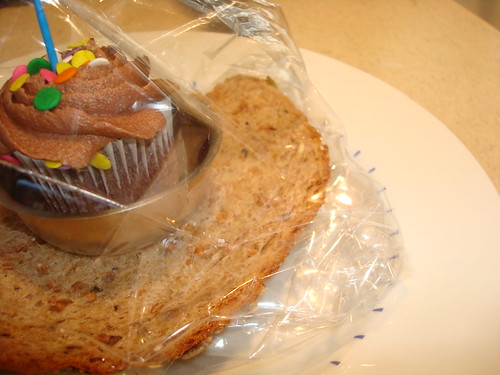
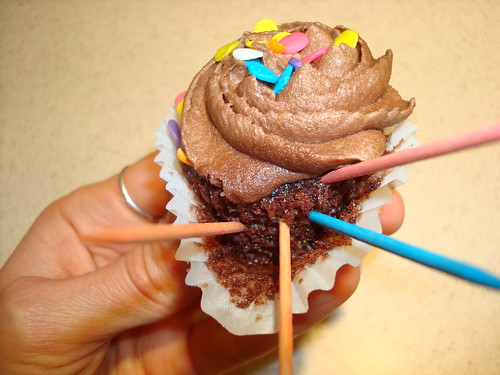
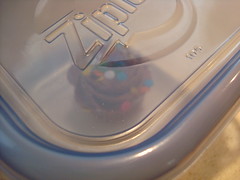
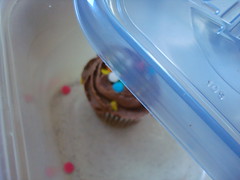

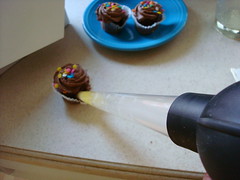
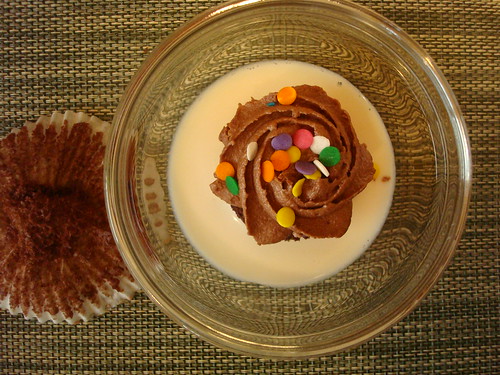
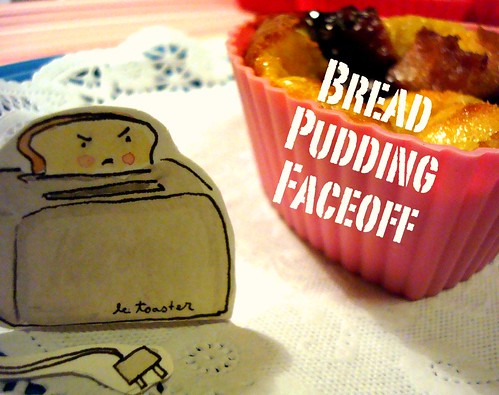
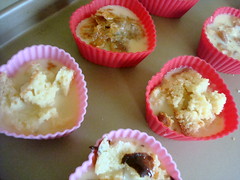
 What were the flavors
What were the flavors